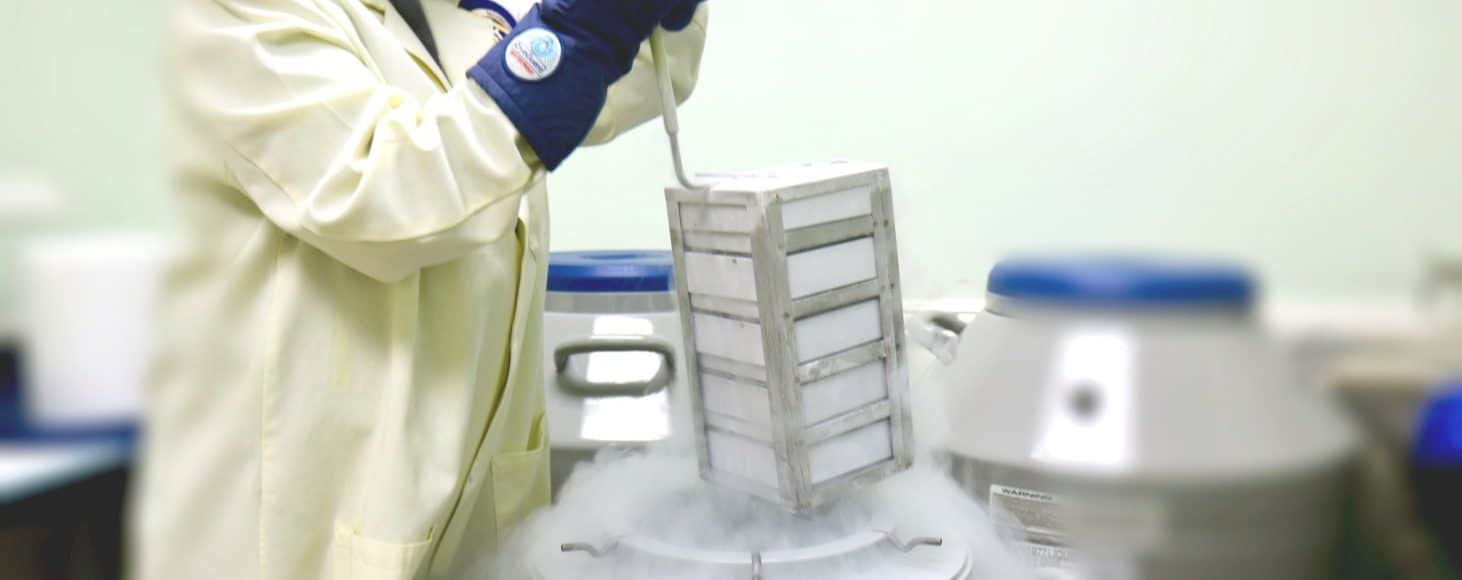Tissue samples are an important part of many medical procedures or experiments. In order to preserve them for later use, a tissue sample must be frozen and then stored at a certain temperature in case it's needed again.
Living tissue samples may be preserved indefinitely, subject to the quality of storage. There are three types of preservation: permanent, semi-permanent, and temporary. The most common type of sample is a frozen biopsy specimen. A frozen tissue sample is removed from the patient's body, stabilized with dry ice, then wrapped in aluminum foil. After that, it is again placed in a Styrofoam container with a temperature of -196 degrees Celsius (-321 degrees Fahrenheit).

Image Source: Google
Freezing tissue samples is a common procedure in the field of pathology. When storing an organ, it is important to prevent any changes in its structure or function as it would risk compromising the quality of the sample. This technique is used wisely by those who want to preserve their tissues and maintain them indefinitely.
Storage methods for tissues within a lab:
The storage methods for tissues are important to the process because they determine how long the samples can be stored without losing the ability to perform research. Several factors, such as the type of tissue and its age, must be considered when deciding on a storage method.
Storage methods for tissues within a repository:
The most important thing when storing tissues is to ensure the samples are in a constant temperature and humidity. The sample must be stored in liquid nitrogen until the time of use which prevents freezer burn and other damage that can occur during storage. Additionally, it should then be stored in a deep freezer where it will maintain the perfect temperature and humidity.
